Missing data, missing souls in Italy
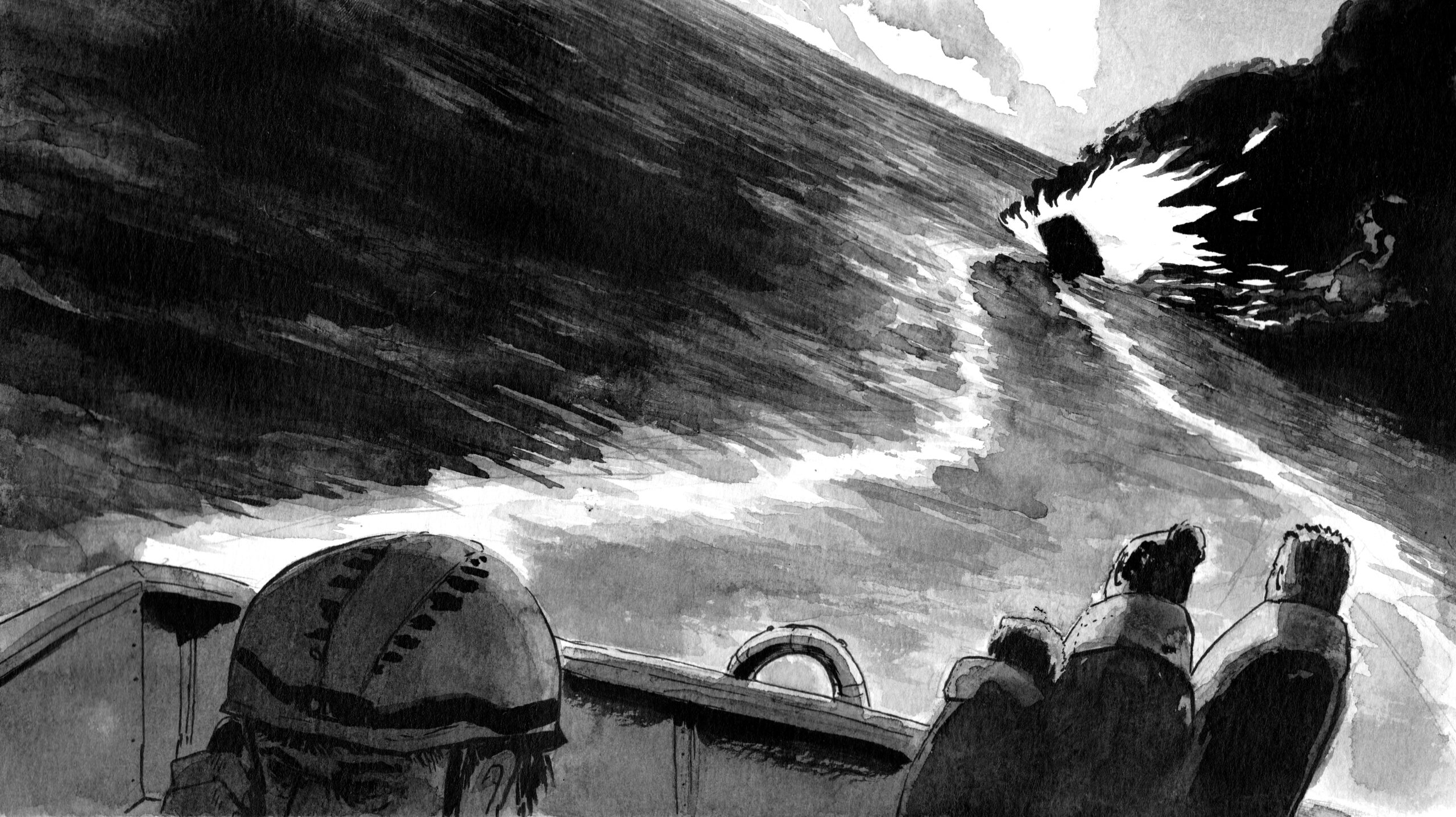
This article is part of the series “1000 Lives, 0 Names: Border Graves investigation, how the EU is failing migrants’ last rights”
Before the Syrian civil war erupted, Refaat Hazima was a barber in Damascus. His father, grandfather, and great-grandfather had also been barbers. Thanks to his craftsmanship, flair, and a reputation built over four generations, Refaat was a wealthy man. Together with his wife – a doctor for the national service – he could afford to have his three children study instead of sending them to work at a young age.
“They were always the top of the class,” he recalls in a nostalgic voice as he sits alone in a seaside restaurant on Lampedusa, a small Sicilian island halfway between Malta and the eastern coast of Tunisia. The rocky shores along which he now slowly enjoys eggplant served with fresh tuna were the scene of the most traumatic episode of his life.
“President Bashar al-Assad had centralized all power in his hands, and our daily life in Syria had become complicated.” Refaat was also temporarily imprisoned for political reasons. But the point of no return for him and his wife was the outbreak of civil war in 2011. It became clear that not only their children’s educational future was in jeopardy, but even the survival of their entire family.
So they decided to leave.
The couple paid smugglers more than fifty thousand dollars to attempt to reach Germany, where their children could continue their education. But amid rejections, hurdles, and hesitations that forced the family into months-long stages in different countries, Refaat and his family had to wait until 2013 to finally set sail to the European shores of Lampedusa.
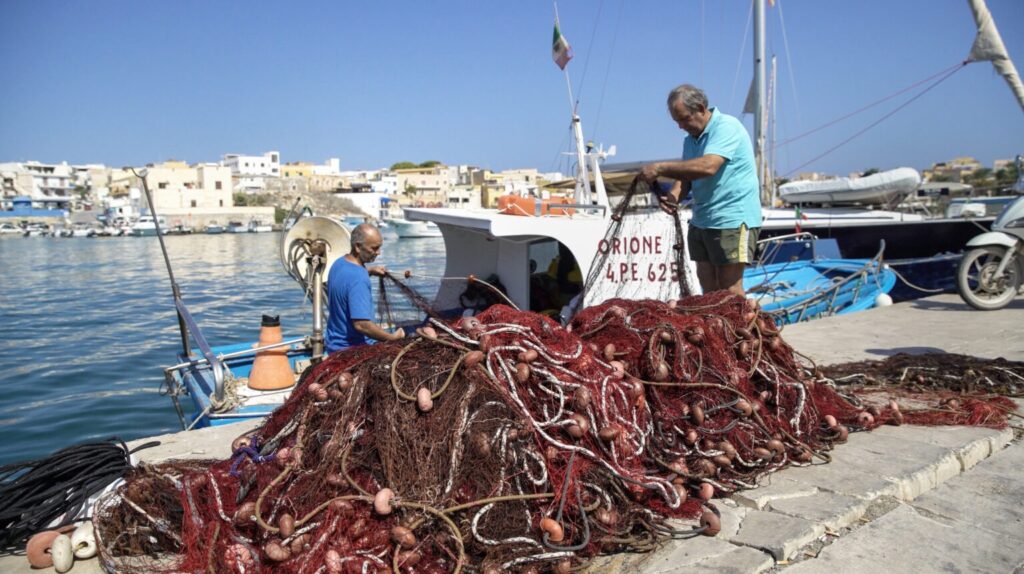
Although it was autumn, the sea was calm that night. Initial concerns related to the sea conditions and the wooden boat that was all too heavily laden with humans now dissipated. In the darkness of the night sea, the shorelines and the flickering lights of street lamps and restaurants were in sight. But suddenly the boat in which they were traveling capsized.
“Everyone was screaming as we ended up in the sea,” Rafaat recalls. “I grabbed one of my children, my wife grabbed another child. But in the commotion and screaming of the nighttime shipwreck, two of my children disappeared.”
The couple were rescued by Italian authorities and brought to the mainland along with one of their children. The other two, however, disappeared. “One of them told me Dad, give me a kiss on the forehead, and then I never saw him ever again.”
From 2013 to the present, Refaat has searched everywhere for their children. For 10 years he has been traveling, asking, and searching. He has even appeared on TV hoping one day to be reunited with them. But to this day he still does not know if his children were saved or if they are two of the 268 victims of the October 11, 2013 shipwreck, one of the worst Mediterranean disasters in the last three decades.
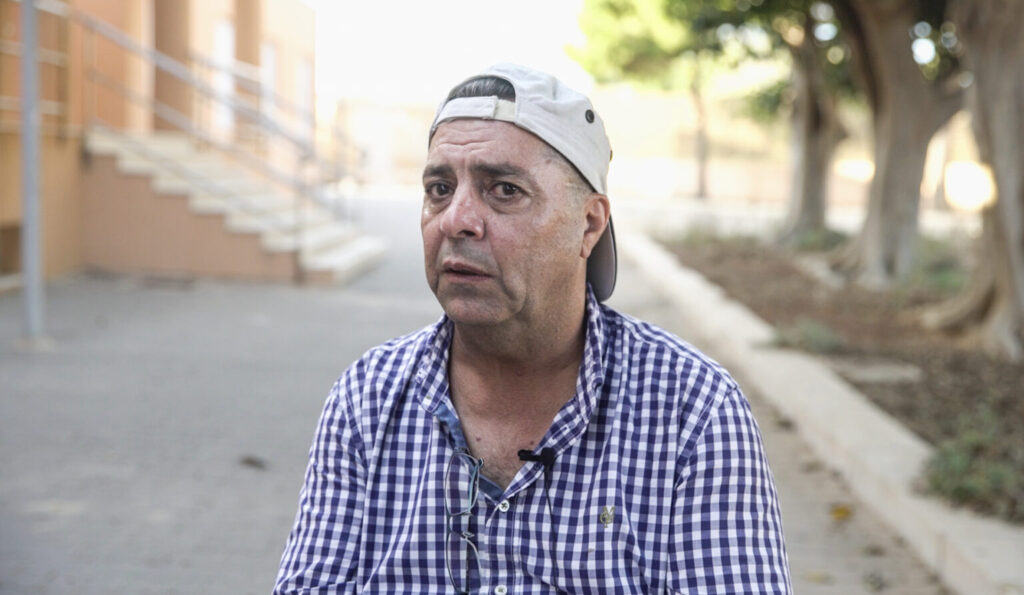

Uncertain and partial numbers
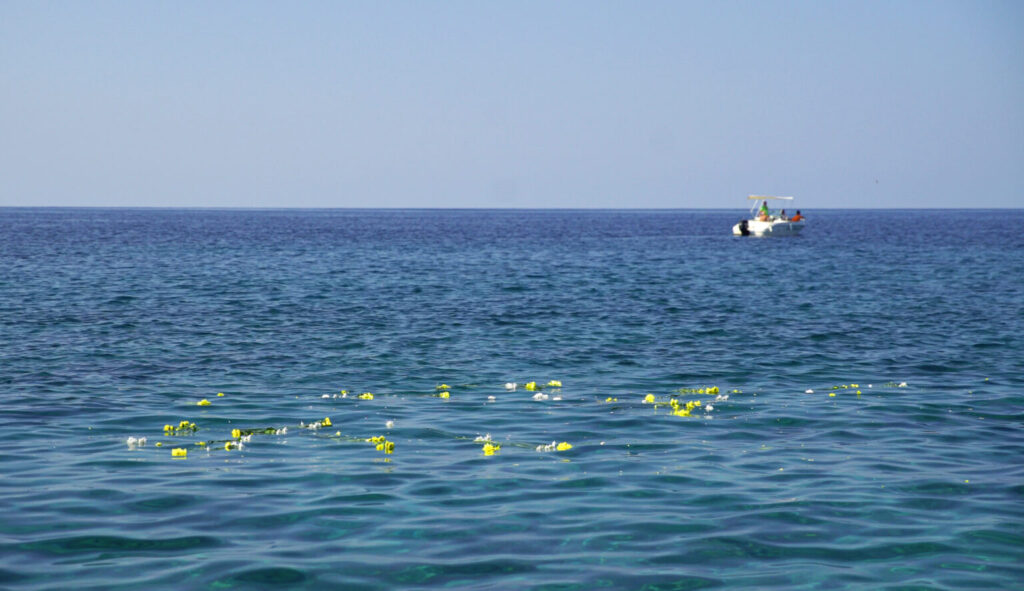
For more than two decades, Italy has been one of the main gateways for migrants wanting to reach the European Union. Between thirty and forty thousand people have died trying to reach Italy since 2000. But despite this strategic location, authorities have never created a comprehensive register to census the dead returned from the sea, and thus sources are confusing and approximate.
In any case, the figure of bodies found is only a percentage of the people who lost their lives while attempting to cross over to Europe. In fact, the bodies of those who die at sea are rarely recovered. When this happens, they are even more rarely identified by Italian authorities.
A study conducted by the International Committee of the Red Cross tried to map the anonymous graves of migrants in various European countries and count the number of deaths recovered at sea. According to the report, between 2014 and 2019, 964 bodies of people – presumed migrants – were found in Italy, of which only 27 percent were identified. In most of the cases analyzed, identification occurred through immediate visual recognition by their fellow travelers, while those traveling without friends or relatives almost always remained anonymous.
Overall, 73 percent of the bodies recovered in Italy between 2014 and 2019 remain unknown.
A DNA test for everyone
“The vast majority of bodies end up at the bottom of the sea and are never recovered, becoming fish food,” explains Tareke Bhrane, founder of the October 3 Committee, an NGO established to protect the rights of those who die trying to reach Europe. “The Committee was born in the aftermath of the two disastrous shipwrecks on October 3 and 11, 2013 to make Italy understand that even those who die have dignity and that respecting that dignity is important not only for those who die, but also for those who survive,” Bhrane recounts.
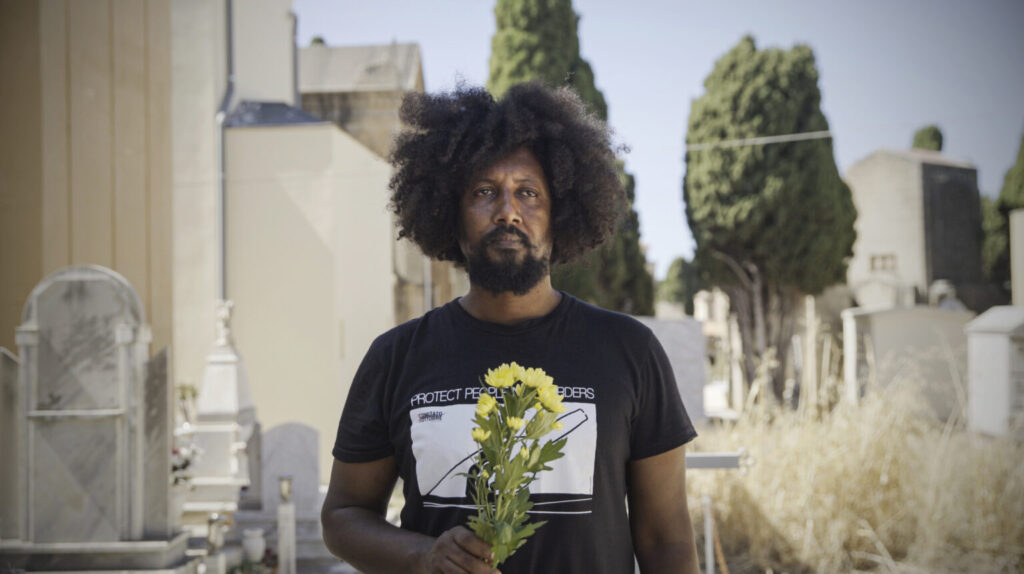
On October 3, 2023, the Committee organized a large event on the island of Lampedusa to commemorate the 10th anniversary of the shipwreck. Dozens of families of people who died or disappeared gathered on the island, traveling from many European and Middle Eastern countries.
On the island were also forensic geneticists from Labanof, a leading forensic medicine laboratory at the University of Milan that has been working with prosecutors and law enforcement agencies for decades now to solve cases and identify unnamed bodies. Relatives of missing persons were thus able to undergo a free DNA test to find out more about their loved ones.
One of the committee’s main activities in recent years has been to lobby Sicilian municipalities for better management of anonymous graves. Thanks in part to the NGO, today almost all Sicilian provinces now house some victims of migration, often anonymous, in their cemeteries.
“Among the essential points of our mission,” Bhrane explains, “is to create a European DNA database for the recognition of victims, so that anyone who wants to can take a DNA test anywhere in Europe and find out if a loved one has lost their life trying to get here.”
Resigned and hopeful
While Refaat has not yet resigned himself to the idea that his children may have died at sea, other relatives have become more aware and would like to know where Italy buried their loved ones. But this is often impossible because the graves are anonymous and there is a lack of national records that they can consult to find their loved ones.
This is the case for Asmeret Amanuel and Desbele Asfaha, two Eritrean nationals who are respectively the nephew and brother of one of the people aboard the boat that capsized in 2013.
“We heard from the radio that the boat he was traveling on had sunk. We never heard from him again,” Asmeret says. The two traveled all the way to Lampedusa to undergo DNA testing, hoping to match their loved one’s name for the first time with one of the many acronyms that have appeared on migrants’ anonymous graves and find out where he rests.
“I remember as children we used to play together,” says Desbele. “And instead today I don’t even know where to mourn him. Yet it would take so little.”
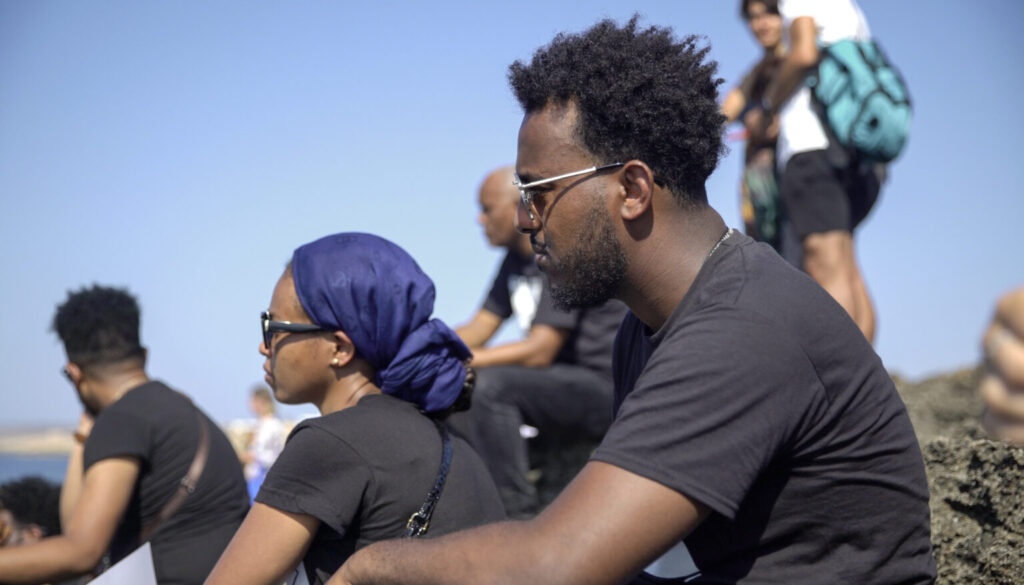
An organizational failure
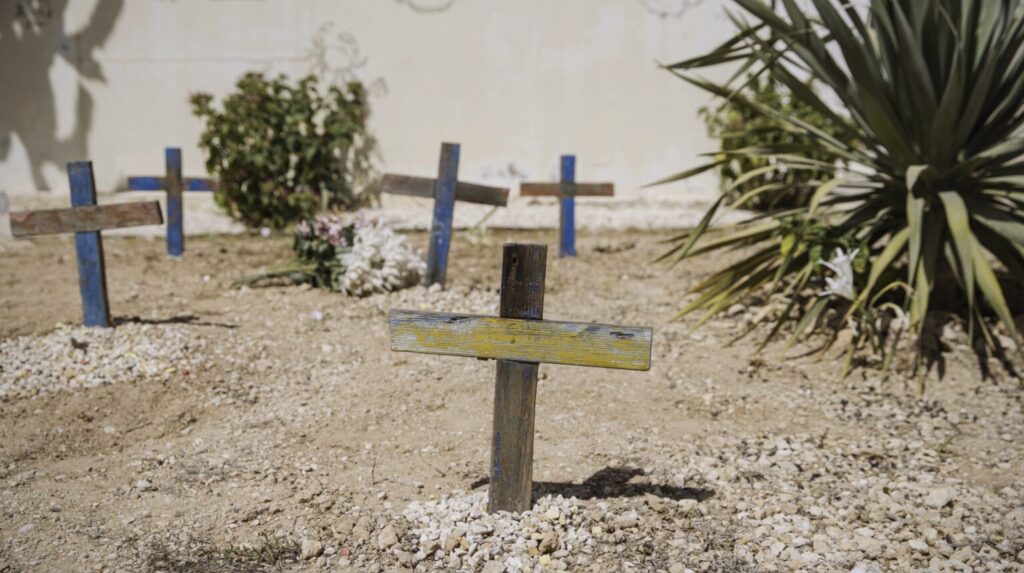
Many Italian cemeteries hold anonymous graves of people who died while migrating, especially in the South. It is difficult to map them all and provide an exact number, just as it is nearly impossible to quantify the number of anonymous graves. Again, there is no centralized, national database, and even at the municipal level information is scarce and partial.
But thanks to an international investigation project called the “The Border Graves Investigation” and promoted by IJ4EU and Journalism Fund of which Unbias the News is one of the partners, it is now possible to shed light on what resembles a large European mass grave.
From the Italian side of the investigation, large gaps emerge on Italy’s part in the construction of a national cemetery archive. According to protocol, data on anonymous graves are supposed to be sent every three months from individual cemeteries and work their way up a long bureaucratic chain until they reach the desk of the government’s Special Commissioner for Missing Persons, an office created by the Italian government in 2007 precisely to create a single national database.
But sources from the Special Commissioner told the Border Graves Investigation team that unidentified bodies are not within their jurisdiction because in cases where there is an alleged crime (e.g., illegal immigration) the jurisdiction passes to the local magistrate. Thus, the source confirmed that no office systematically collects this data and that figures areeverything is scattered in individual prosecutors’ offices.
However, the documentary traces of migrants’ anonymous graves are often already lost in the records of the cemeteries themselves or municipal records, that is, at the first step in the chain. For example, in Agrigento, it is possible to visit the graves of men and women who died at sea marked by numbers, but in the paper registers consulted by our team of journalists there is no trace of them.
Yet the records are deposited a few meters from the graves themselves.
In Sciacca, Agrigento province, the municipal administration moved some anonymous graves of migrants inside a mass grave to make room for new burials. However, it did not follow the prescribed regulations and did not notify the relatives of the few victims who had been identified and whose names were listed on the grave. The matter was discovered at the time when a woman went to the cemetery to pray at her sister’s grave and did not find her in her usual place.
In other cases, anonymous graves have been moved from one cemetery to another due to the need for space, but without alerting the population.
The bureaucratic snag
Finding out the fate of a loved one is so complicated for several reasons. First, the identification of the body, which the Italian authorities do not generally consider a priority. Then there is the difficulty of recognition itself, especially when relatives are abroad or have difficulty contacting Italian authorities.
In addition, there is the problem of traceability of the bodies, which often remain on the seabed and, in the few cases where they are found, enter a bureaucratic machine in which it is arduous to recover their traces. Researcher and anthropologist Giorgia Mirto explained this to our investigative team: “The corpses should be registered in the registrar’s office where the body is found. But then the body is often moved within the same cemetery, from one cemetery to another or from one municipality to another, and so there is documentation that travels along with the body. Moves that are difficult to track.”
“Moreover,” Mirto adds, “adding to the difficulty is the absence of unified procedures. “With the Human Cost of Border Control project, we have seen that the only way to count these people and their graves is to do a blanket search of all the municipalities, all the cemetery offices, all the registrars’ offices and all the cemeteries, possibly adding the funeral homes as well.”
Thus, there is a problem with centralization and transparency of data that is often also linked to the huge austerity cuts that have forced municipalities to work understaffed. Emblematic is the Commissioner’s Office for Missing Persons, which would be responsible for compiling a list of unidentified bodies found on Italian soil, but has been left without a portfolio.
“As anthropologist Didier Fassin says,” the researcher concludes, “missing data is not the result of carelessness but is an administrative and political choice. It should be understood how much this choice is conscious and how much is the result of disinterest in the good work of municipal archives (an essential resource for historical memory and for the peace of victims’ families) or in understanding the cost of borders in terms of human lives.”
EU responsibilities
Forensic scientist Cristina Cattaneo – a professor at the University of Milan and director of the Labanof forensic laboratory – explained to our team that from a forensic point of view, the most important procedure for identifying a body is to collect both post-mortem (from tattoos to DNA, through cadaveric inspections and autopsies) and antemortem medical forensic information, that is, that which comes from family members regarding the missing person.
However, in many countries, including Italy, no law makes this procedure mandatory. In the case of people who die while migrating, this is done only in egregious cases, such as large shipwrecks that become news. “These cases have shown that a broad and widespread effort to identify the bodies of those who die at sea is possible,” says Cattaneo. “However, most people lose their lives in very small shipwrecks that don’t make too much news. And because there is no protocol to make data collection systematic, many family members are left in doubt as to whether their loved ones are alive or dead.”
All this happens despite the great efforts made over the years by the government’s Extraordinary Commissioner for Missing Persons, which, despite being the only national institution of its kind at the European level, has to manage a huge amount of data from all Italian municipalities. Data that are often disorganized, reported late, and collected without adhering to common and strict procedures.
This is why Cattaneo is among the signatories of an appeal calling for the enactment of a European law that would once and for all oblige member states to identify the bodies of migrants.
“Yet a European solution would exist and from a technical point of view it is already feasible,” Cattaneo adds. It involves data exchange systems such as Interpol, which at the European level already collects, organizes, and can share information and organically to member countries.
“It would be enough to expand the analysis to include missing migrants and thus make it possible to search and identify them on a European scale. But this is not being done because of a lack of political will on the part of Brussels,” Cattaneo concludes.
“The art of patience”
Identifying the bodies of people who lose their lives coming to Europe is an important issue on several levels.
First and foremost, international humanitarian law protects the right to identity for both those who are alive and those who have died. But identifying is also an essential issue for those who remain alive. Indeed, without a death certificate, it is almost impossible for a spouse to marry again or to access survivor’s pensions, just as it is impossible for a minor relative to leave their country with an adult without running into a blockade by the authorities, who cannot rule out the possibility of child abduction.
Then there is the issue of suspended grief, namely the condition of those who do not know whether to search for a loved one or mourn his or her death.
This is the case for Asmeret and Desbele, but also for many relatives interviewed by our team.
Sabah and Ahmed, for example, are a Syrian couple. One of their sons disappeared in 2013 after a shipwreck in Italian waters. For 10 years, Ahmed retraced the same land and sea route followed by his son, hoping to find his body or at least get more information. But the efforts were in vain and to this day the family still does not know what happened to him.
“His children are still with us and often ask, ‘where is Dad? Where is Dad?’ but without a grave and a body, we still don’t know what to answer.”

Both Sabah and Ahmed are very religious and today rely on Allah to give them the comfort they have not found in the work of institutions. “The greatest gift from Allah,” they recount, “was the patience with which to be able to move forward in the face of such unnatural grief for a parent.”
A similar lesson was learned by Refaat, who like Ahmed and Sabah has been living in ignorance for ten years. Today he has opened a barber store in Hamburg and realized his dream of having his surviving son study in Germany.
“I have been searching for my children for ten years, and Allah knows I will search for them until the end of my days, should I find their dead bodies, or should I find them alive who knows where in the world. But I want to die knowing that I did everything I could to find them.”
Refaat Hazima
Sometimes his voice trembles. “I often talk to them in my sleep, I feel that they are still alive. But even if I were to find out they are dead, in all these years I would still have learned how to deal with frustration and pain, how to live with emptiness. And most importantly,” he concludes, “I would have learned the art of patience.”
Written by Gabriele Cruciata / Edited by Tina Lee / Illustrations by Antoine Bouraly / Photos by Tina Xu
About the author:
Gabriele Cruciata is a Rome-based award-winning journalist specializing in podcasts and investigative and narrative journalism. He also works as a fixer, producer, journalism consultant, and trainer.



